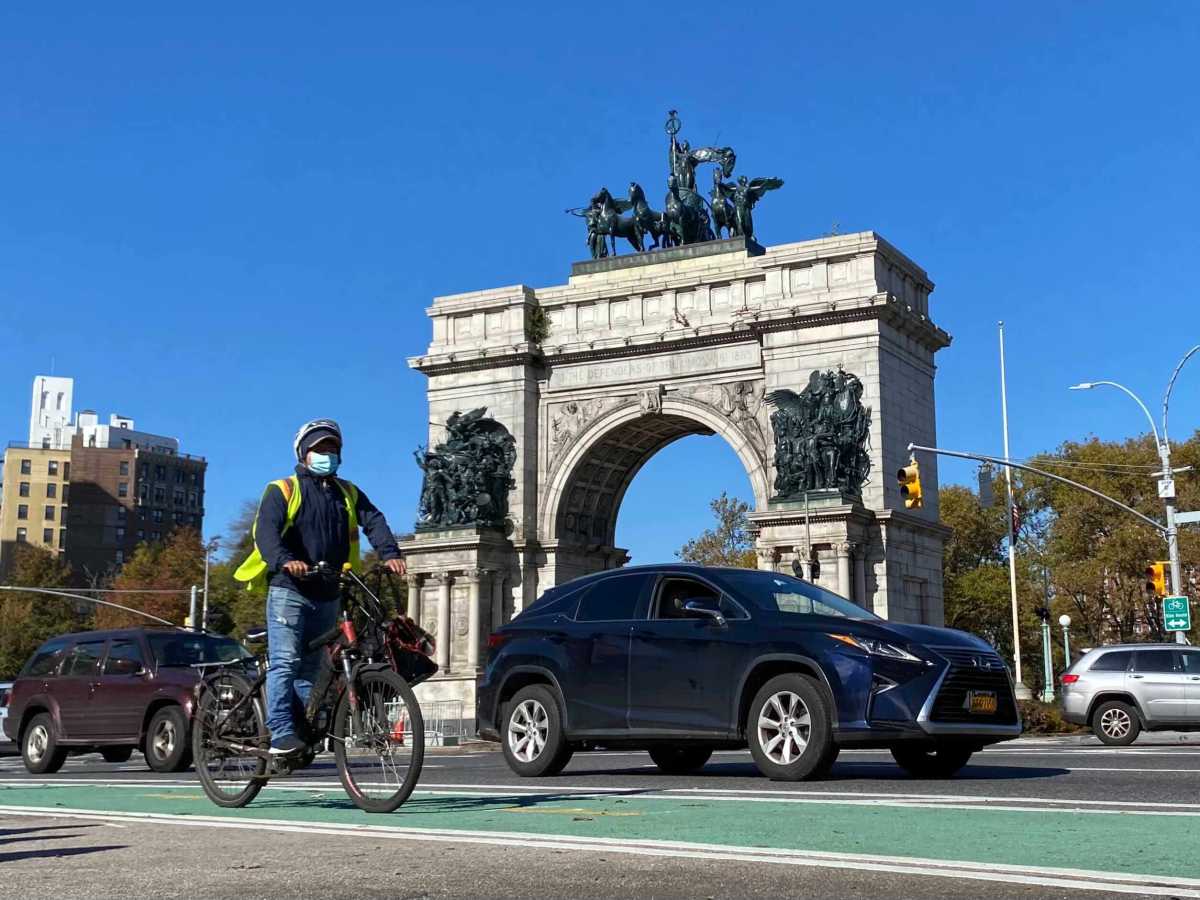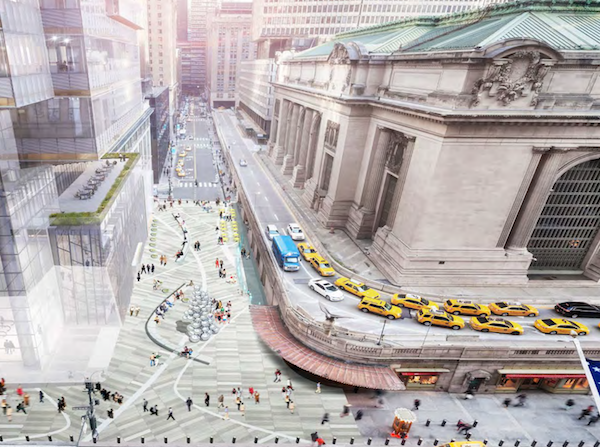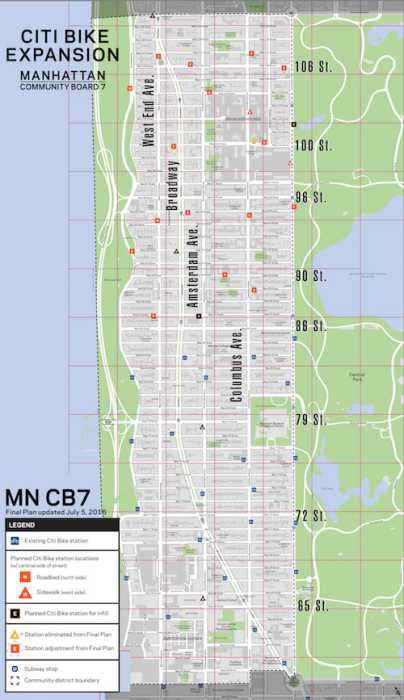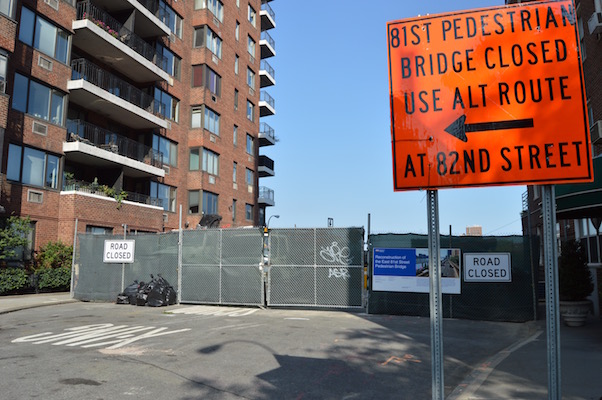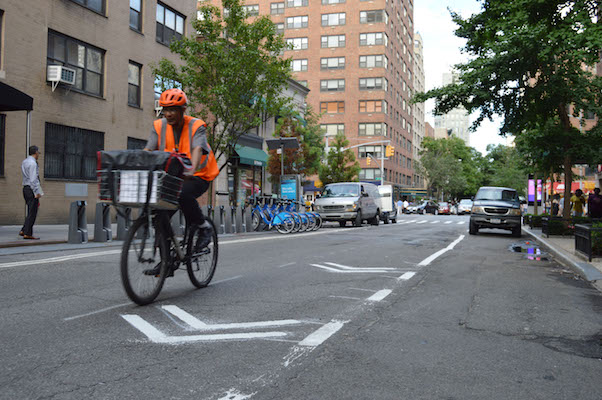Prospect-Lefferts Gardens, Flatbush and East Flatbush now have a cycling connection East River crossings with a newly completed protected bike lane on Flatbush Avenue as well as 4th Avenue.
The 4th Avenue protected bike lane from 65th Street to the Barclays Center links cyclists up to Flatbush Avenue, something elected officials say will give a safe thoroughfare to underserved communities east of Prospect Park, according to Department of Transportation officials at a ribbon-cutting in Grand Army Plaza on Thursday.
Courtney Williams, known as the bike mayor of New York City, acknowledged that while the five boroughs lead the country in bike and bus lanes, their deployment cannot come fast enough as cyclists have limited options for protecting themselves on the streets.
“We know who lives on this side of the park – white, affluent, having all the fun, living all that Prospect Park life – and then there are people down in Flatbush and Flatlands who need to get from point A to point B. Very much so for transportation, for affordability, for function,” Williams said. “We need to have infrastructure quickly going down to compliment what a cyclist wants for themselves and can only reasonably do for themselves.”
Brooklyn Borough President Eric Adams said his campaign for mayor would be releasing a plan in the coming weeks to speed up the installment of bike lanes throughout the city while DOT Commissioner Polly Trottenberg claimed progress had already been made on this front by removing community boards from the process.
On the first day of the protected bike lanes being complete, some users took to Twitter to express grievances toward the seemingly incomplete nature of some stretches between Prospect Park and Jay Street.
What time? I take my son to school via 4th ave all the way to Flatbush. Please note that they’re not fucking done and don’t let them act like they are. This was the last block this morning. pic.twitter.com/iyygyF3wW7
— JarekFA (@JarekFA) November 4, 2020
Trottenberg disagreed that these sections lacked full protection for cyclists.
According to Councilman Ydanis Rodriguez, the expansion of surface transit infrastructure has been slow to meet the demands of New Yorker outside more affluent sections of the city, claiming that this project, as well as CitiBike’s expansion throughout the five boroughs, provides a clear benefit to low-income residents outside the central business district.
“This is about equity,” Rodriguez said. “Most people who were using bike lanes, they’re white… I think the moment when CitiBike was created, it was not invented to think about transportation deserts, it was not done thinking about black and Latino neighborhoods. It was merely thinking about downtown Manhattan and the upper class who live in those neighborhoods. We’ve been making a lot of progress expanding CitiBike.”
With 29 cyclists killed in 2019 and at least 20 for this year, Adams said the progress of safe street initiative still do not meet the demands of these statistics.
“It is still unacceptable how dangerous it is to ride in the city,” Adams said.



